#pterosaur post
Explore tagged Tumblr posts
Text

#is it me or are the weird dogs getting bigger#he looks hungry#should i?#should i do it?#should I give him a French fry#french fries#weird#strange#weird horse#weird dog#there’s a weird horse in my yard#weird dog series#lacusovagus#chaoyangopterid#chaoyangopteridae#azhadarchid#azhdarchidae#azhdarchoid#azhdarchid#azhdarchoidea#crato formation#night#pterosaurs but now#pterosaur post#pterosaur#avemetatarsalia#paleontology#paleoart#art#cretaceous
811 notes
·
View notes
Text
Free Speculative Evolution Prompt Saturday
What if birds never evolved, and pterosaurs survived into the Cenozoic?
#speculative biology#speculative evolution#alternate universe#alternate reality#speculative fiction#speculative worldbuilding#pterosaur post#pterosaurs#pterosaur#alternate timeline
2 notes
·
View notes
Text

🟨 Rhamphorhynchus 🟨
acrylic, gouache, and gloss medium on coldpress
Part of the Nucleus House Group Show: P.S. 9, Opening on December 15th, Portland, OR.
One of my three 5x7" postcard sized paintings that will be available in person and online. :)
#posted a non scan / in the sun photo on ig! its so hard to accurately scan in#especially with the shine#i’ll post all the outdoor together soon!#painting#illustration#paleoart#pterosaur#rhamphorhynchus#traditional art#animal art
2K notes
·
View notes
Text

Digitized version of a doodle I made last week to entertain some 3rd graders
#paleontology#coprolite posting#pterosaur#pterosaurs#anurognathus#pterodactylus#sordes#quetzalcoatlus#nyctosaurus#istiodactylus#hatzegopteryx#tupandactylus#pterodaustro#pteranodon#my art
2K notes
·
View notes
Text



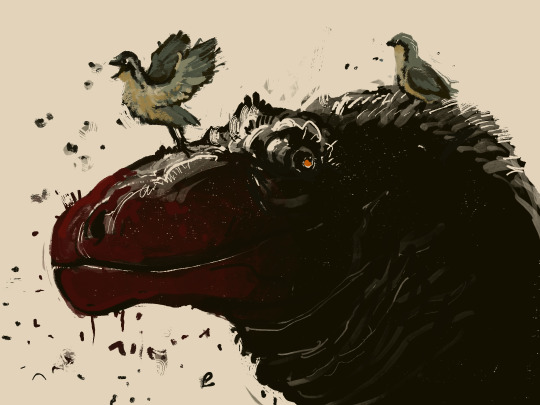
flocking 6/20/25 — Bolg (with something precious), Diplobune, Zhejiangopterus, Iberomesornis (with Neovenator)
#paleostream#paleoblr#paleoart#bolg#iberomesornis#zhejiangopterus#diplobune#pterosaur#dinosaurs#digital#procreate#sorry for late post as always...
1K notes
·
View notes
Text

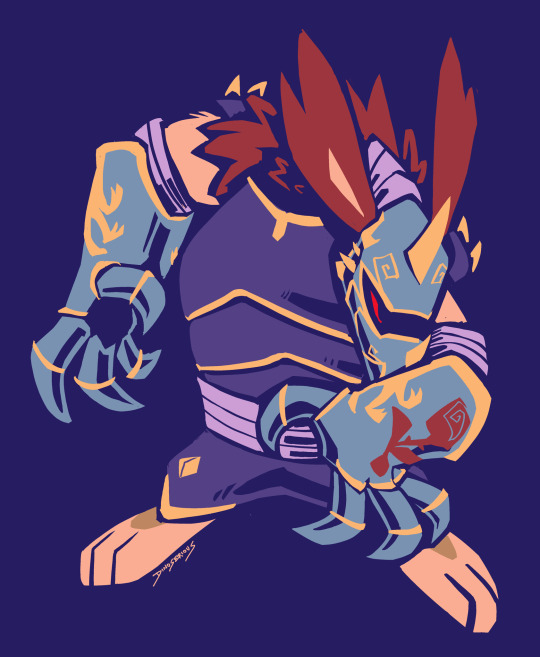
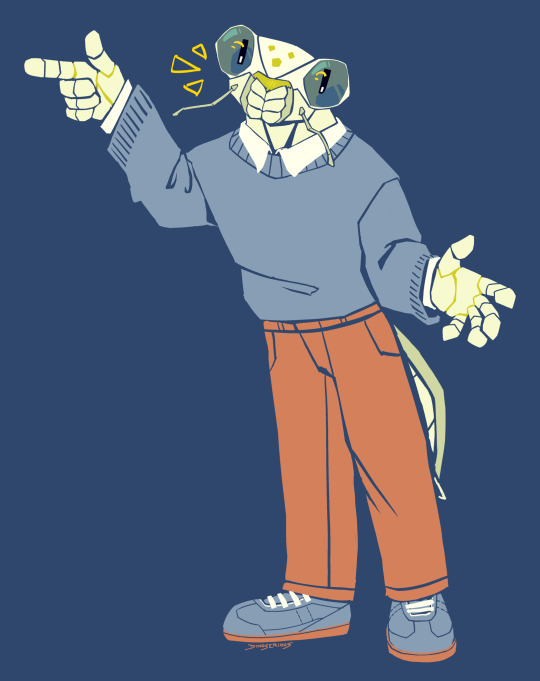
comm recents!
#anthro#furry#pterosaur#quetzalcoatlus#cicada#did not get a reply from the quetz commissioner so im not sure if they saw my email. hoping they at least see it posted :<
784 notes
·
View notes
Text

20 min Zhejiangopterus doodle scene.
A piece from today's flocking paleostream.
339 notes
·
View notes
Text

rhamphinion couple:) from february this year
#more old ish paleoart that i haven't posted here yet#love that i see mistakes there#gaining skills bit by bit i guess#barghestland#paleoland#paleoart#pterosaurs#rhamphinion#art#artists on tumblr
1K notes
·
View notes
Text
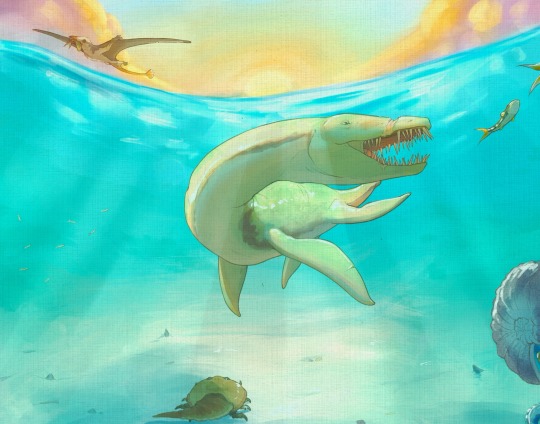
ily plesiosaur!!!
#the finished piece i never posted#i’m so good at that#dinosaurs#NOT REALLY BUT#marine reptile#dinosaur#campylognathoides#pterosaur#er#paleoart#dinosaur art#wickydraws
30 notes
·
View notes
Text
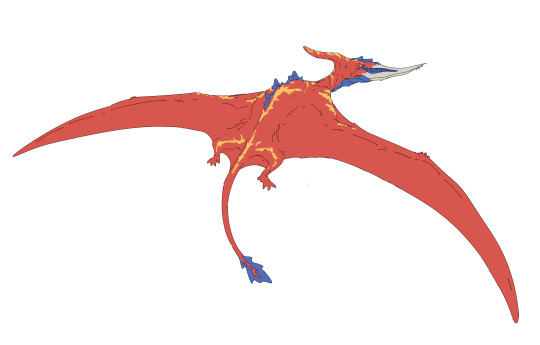
Weird critter
#my art#fanart#rodan#godzilla singular point#my second favorite rodan i think these guys are adorable#still working on a big cooler drawing i cant wait to post it when im finished#please dont mind the anatomy pterosaurs are so . fucking hard to draw and my back pain is killing me 💔#also i tried to give him that side eye look dogs give i think its funny
25 notes
·
View notes
Text
Okay, late night post, but I feel it's too important to leave until the morning.
Alamodactylus
On this blog, I've recently been posting a lot about being a pterosaur, a Quetzalcoatlus, and some mystery species. But I found that mystery species.
I'm on summer break from school, and with that time, so I don't feel like I've been wasting it entirely, I've been looking into my therianthropy hence all the new updates and discoveries. Earlier on, 6 hours ago at 9 pm or so, I was on pinterest looking at pictures of Quetzalcoatlus for one to put in my intro post. A recommended image was one of a pterosaur called Alamodactylus. I looked at it, and it clicked. I found my species after nearly 3 years of searching. Small crest, costal, medium wingspan, late cretaceous, north America, down to every last bit, it is me.
I did some research, although I didn't really need to do much for me to kinfirm, considering the near 3 years of research into my pterosaur identity. It didn't take me long to kinfirm it.
Alamodactylus is a part of pteranodontia and nyctosauromorpha, which I believe could explain why I was always drawn to pteranodontids and nyctosauromorphs when trying to find my species. Alamodactylus also has a slightly larger wingspan that I thought I had, which did kind of throw me off, but I do think that was due to questioning smaller pterosaurs more so I began to imagine myself as small. Their wingspan is 13-16 feet, which feels very suitable for myself.
Alamodactylus is pretty unknown. There's few pieces of art on it, a combined total of 2 tiktok and tumbr posts on it (each 3 years old), no animations for it, the most famous appearance is ark, etc. But i kind of like being unknown. I know I'm likely the only alamodactylus alive right now, so I don't really have to worry about my memories being different from someone else's.
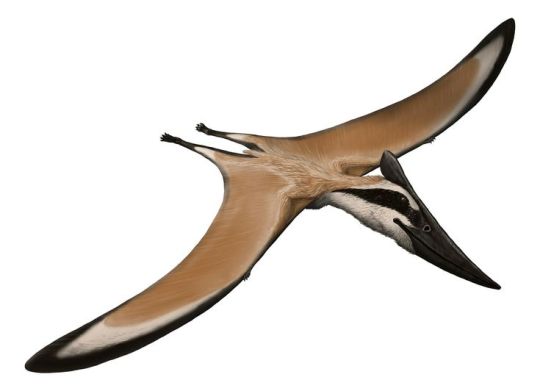

#alamodactylus posting#alamodactylus therian#alamodactylus kin#pterosaur therian#paleokin#paleotherianthrope#paleotherian#paleotherianthropy#paleo kin#prehistoric therian#alterhuman#alterhumanity#nonhuman#nonhumanity#therian#therianthrope#therianthropy
23 notes
·
View notes
Text
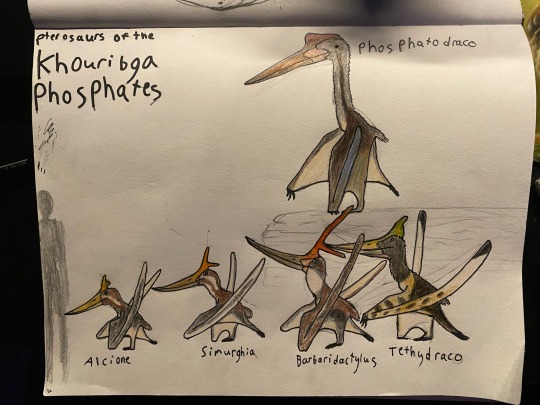
Drew this
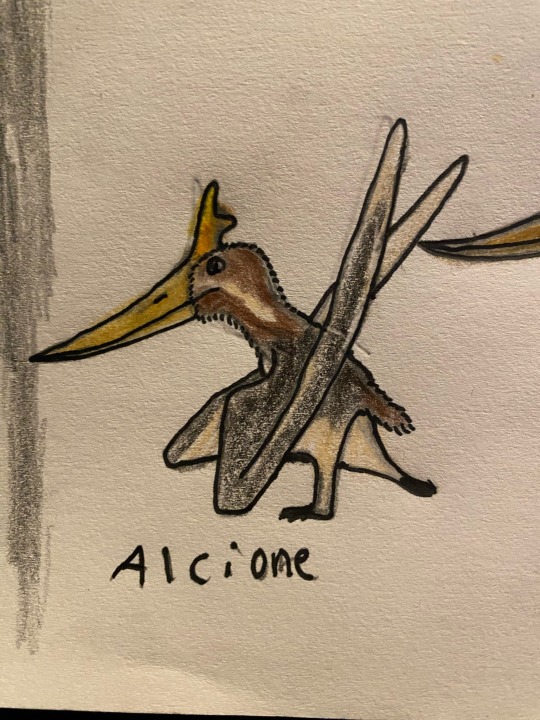
The scale is a little weird but do this by myself at night
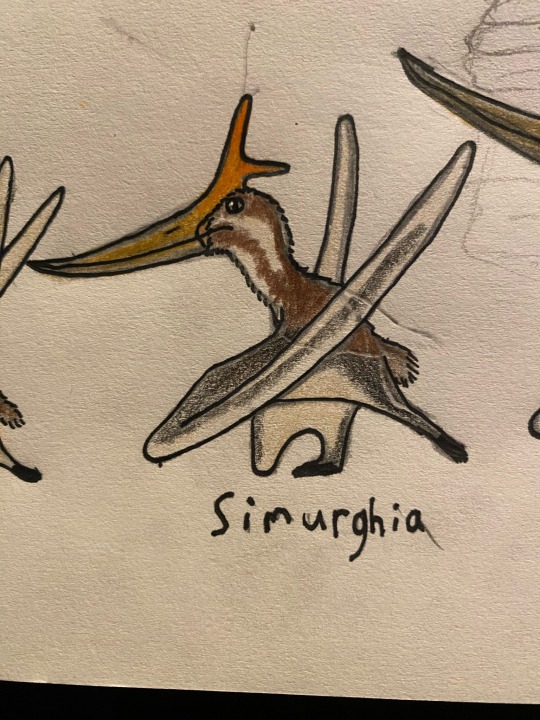
You ever fall in love with a prehistoric animal not because of other reconstructions but because of your own?

can we go back to Simurghia yet

Discount Pteranodont (jk love you tethydraco)
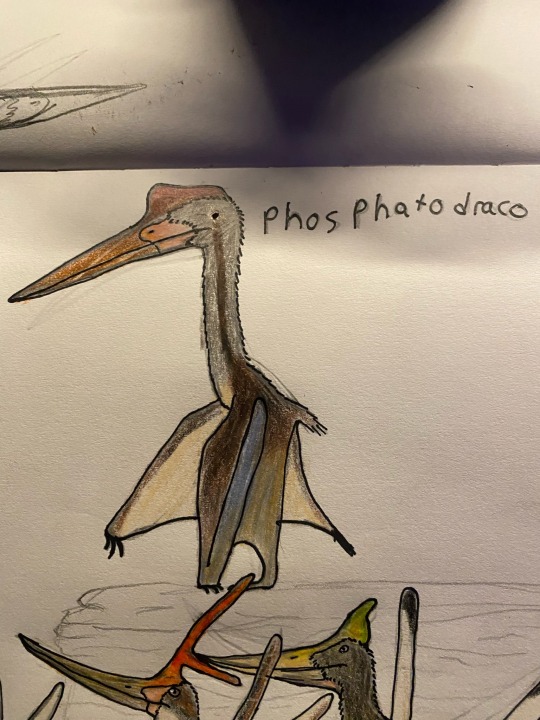
The child predator
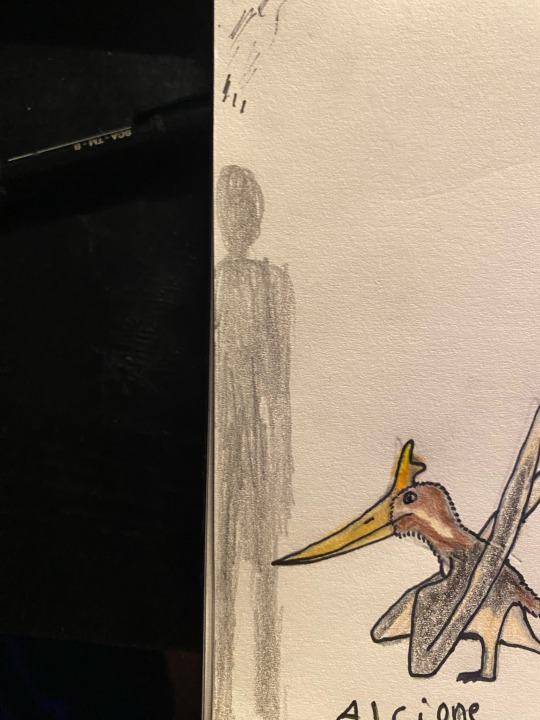
and Jerry
#Khouribga phosphates#pterosaur#pterosaurs#pterosaur post#Cretaceous#late cretaceous#cretaceous period#prehistoric planet#Alcione#Alcione elainus#Simurghia#Simurghia robusta#hehe busta#Barbaridactylus#barbaridactylus grandis#tethydraco#tethydraco regalia#phosphatodraco#phosphatodraco mauritanicus#jerry#nyctosaurus#nyctosaur#pteranodon#pteranodontid#pteranodontia#azhdarchid
11 notes
·
View notes
Text
(last updated : 11 / 06 / 2025 )
┈┈・ ꒰ঌ·✦·໒꒱・┈┈
Hey! Welcome to my blog 🐙
┈┈・ ꒰ঌ·✦·໒꒱・┈┈
My name is Miles, Wolf or Salmon. I am Non-human and UK based. I go by It/They/He pronouns, as well as Sea/Ser and Teeth/Fang. However, you can also just use no pronouns for me or just call me something like that creature/that thing.
┈┈・ ꒰ঌ·✦·໒꒱・┈┈
I go by many labels, but I identify most with otherkin, alterhuman, nonhuman and therian. I would personally consider myself transspecies, and i plan on physically + socially transitioning in ways to match some of my theriotypes in the future!
┈┈・ ꒰ঌ·✦·໒꒱・┈┈
I am a full time college student with a job so I may not be as active as I would like to be here. I like to post silly content, i mainly reblog other peoples posts, and i might occasionally post a drawing or two. Im not afraid to post most serious aspects of my alterhumanity and i wont water it down!
┈┈・ ꒰ঌ·✦·໒꒱・┈┈
🪐 My kintypes! 🪐
- All Humanoid Octarian Variations [Splatoon]
- Grey Wolf
- Coastal Sea Wolf
- All Seal Species (i just dont have a proboscis)
- Wolftopia / TOI-1338 b
- Alienkin
- Dragonkin
- All Azhdarchid Pterosaurs
- Sphinx (not the cat) / Taur
- Octoling [Splatoon]
- Agent 8 [Splatoon]
- Acht [Splatoon]
- Violet Mizutsune [Monster Hunter]
I am many silly beasts
┈┈・ ꒰ঌ·✦·໒꒱・┈┈
I will block you if you make me uncomfortable or I do not want to interact with you! I block liberally and I just want to keep my own personal peace. I will block without warning if something bothers me
┈┈・ ꒰ঌ·✦·໒꒱・┈┈
(wolftopia gif from @cardamom-seeds 🐓)





#otherkin#therian#alterhuman#nonhuman#introductory post#fictionkin#planetkin#wolftopia#wolftopia therian#wolftopiakin#paleokin#pterosaur#dinosaur#coastal sea wolf#grey wolf#wolf therian#therianthropy#sphinx#sphinxkin#sphinx therian#taur therian#taurkin#azhdarchid pterosaur#octarian therian#sanitized octarian kin#octariankin#rival octoling#seal kin#owl kin#monster hunter kin
46 notes
·
View notes
Text
Archovember 2024 Day 14 - Cuspicephalus scarfi

Cuspicephalus scarfi was a wukongopterid pterosaur from Late Jurassic England. It’s name comes from the Latin cuspis for “point” and the Greek κεφαλή for “head”, and its species name is a reference to Gerald Scarfe who was known for caricatures with very pointy noses (including Margaret Thatcher as the “Torydactyl), and who was also the production designer for Disney’s Hercules. Cuspicephalus scarfi basically means “pointed head which could have been designed by Gerald Scarfe.” Looking at this animal you can probably see the resemblance! Cuspicephalus had a very long, angled skull, most of which was occupied by the air pockets in its fenestra. A low bony crest is present, which was likely the base of a much higher soft tissue crest. Like most other Jurassic pterosaurs, it had sharp interlocking teeth, and likely also had a long ornamented tail. Due to its small size and lightly built skull, it probably fed on small land animals like arthropods and worms.

Cuspicephalus scarfi was found in the Kimmeridge Clay Formation. This was a seaside environment and is known for its many fish, turtle, plesiosaur, and icthyosaur fossils. Other pterosaurs have been found here as well, but from later ages than Cuspicephalus. Other archosaurs would have included the stegosaur Dacentrurus, the iguanodontian Cumnoria, the megalosaurid Torvosaurus, and the thalattosuchians Bathysuchus, Cricosaurus, Dakosaurus, Metriorhynchus, Plesiosuchus, and Torvoneustes.

This art may be used for educational purposes, with credit, but please contact me first for permission before using my art. I would like to know where and how it is being used. If you don’t have something to add that was not already addressed in this caption, please do not repost this art. Thank you!
#sorry it’s late I did post this this morning but Tumblr glitched and then it disappeared and wouldn’t let me repost it#had to log out and back in once I had better internet but now we’re here#Cuspicephalus scarfi#Cuspicephalus#Wukongopterid#pterosaurs#archosaurs#archosauromorphs#reptiles#Archovember#Archovember2024#Dinovember#Dinovember2024#SaritaDrawsPalaeo#Late Jurassic#England#Kimmeridge Clay Formation
39 notes
·
View notes
Text
I love prehistoric planet so so dearly but i do wish that they made the animals a little less gray.
Especially in cases of animals that are theorized to have sexual display traits like frills or crests?? They put some color on them but compared to real life animals (especially reptiles & birds!) they are just sooo dull.
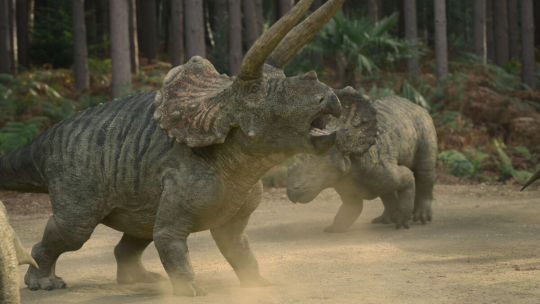


Nanuqsaurus was especially disappointing for me. Maybe it's just because it's normally depicted as some kind of white color, but i feel having the opportunity for such a unique color on this dinosaur and making it mostly the same grayish brown as so many other dinosaurs in the show was a missed opportunity.

Part of this is definitely the filter and lighting they put over certain scenes to make them look more 'natural' i suppose. I think the male hatzegopteryx's crest is actually very beautiful, but unfortunately due to the lighting of the show it often appears so much more drab and dull than it should be, even in broad daylight .
(color in show vs art by ttorroo on instagram)


This is a major reason the corythoraptor design stood out to me, because they were just so bright and beautiful in comparison to everything else in the show! Every time they were on screen i thought it was amazing to get to see these dinosaurs in such vibrant color! This shows that they /can/ depict dinosaurs in this way at least.
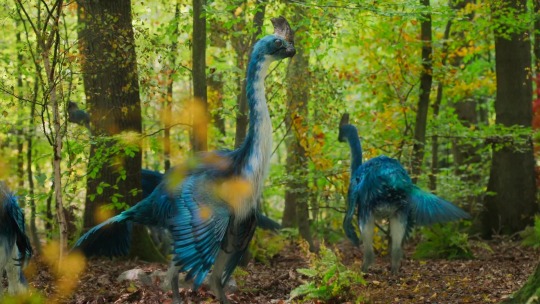
And i feel as though the only reason they /were/ blue is because they were based off of the modern cassowaries (one of which i got to see in person recently, they are a GORGEOUS blue. So much brighter than you would expect, heres a picture)
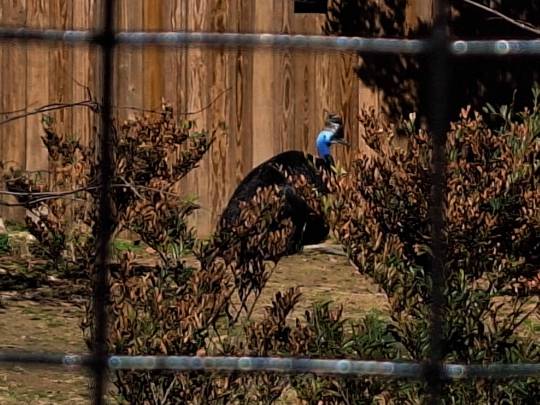
I just feel like, even though i love prehistoric planet, its quest to be overly 'realistic' holds it back in this area at least. The only animals they were willing to make super vibrant were the ones they based on a living similar bird, instead of considering that if the bright colors of a cassowary are possible, there's nothing that says that other bright colors could be possible on other types of dinosaurs.
Especially considering the colors of other birds! If they wanted to base the dino coloring on real life animals, they could have been inspired by other kinds of birds. Just because cassowaries are more 'dinosaur-like' doesnt discount the fact that birds are an incredibly diversely colored and patterned group of animals. There is plenty of potential for other colors in dinosaurs when looking at modern ones.
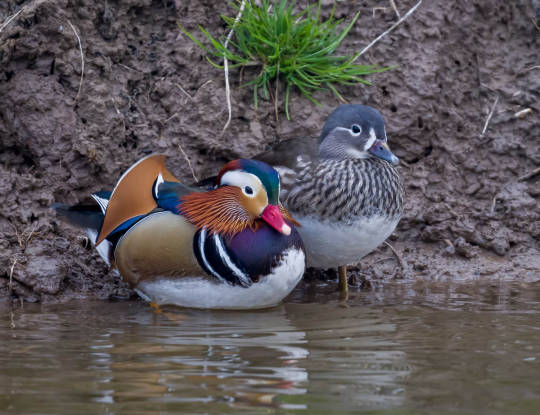
In fact, i would argue that the fossil evidence we have shows that dinosaurs could have been more brightly colored and distinctly patterned than the ones in the show, at least. While there haven't been bright yellow or blue dinos found, there has been evidence of brighter reds and browns, some greens and purples, iridescent like feathers, and more distinct patterns like stripes on several dinos.

It kind of baffles me how they were able to make leaps like the dreadnoughtus air sacs, but they weren't willing to make the dinosaurs a little brighter? I mean, so much paleo art nowadays depicts dinos in vibrant colors, i dont think it would be too much of a stretch.
Tldr, i love prehistoric planet and i think it has done a lot for the perception and depiction of dinosaurs as real life animals, i just wish that it didnt associate looking 'realistic' with 'looking gray' as much as it does, especially considering the amount of potential traits for sexual display dinosaurs had, and the colors of living birds and fossil evidence of dinosaur colors.
#*dinosaurs and other animals before someone corrects me. ik pterosaurs arent dinos its just easier to say when talking about the dino show#this was supposed to be a small post but it turned into an essay LOL. i got a conclusion paragraph and thesis and everything#also im pretty new to learning about dinosaurs so if i got anything wrong please lmk!#prehistoric planet#dinosaurs#paleoart#talking#Instagram#idk from an artists perspective i just feel like it suffers a little from the realistic = colorless thing#that certain (many) cgi animated movies and series seem to be falling into. and just in general media things are much less colorful#but thats another rant#i feel like this makes me sound much more upset than i actually am btw . this does not lessen my enjoyment of the show i have at all#its just a small criticism i wanted to talk about because i feel like theres potential for more#not only does it make the show less exciting visually but it also likely isnt accurate!#ok. essay over. lucas out#paleo#mad rambling
23 notes
·
View notes
Text
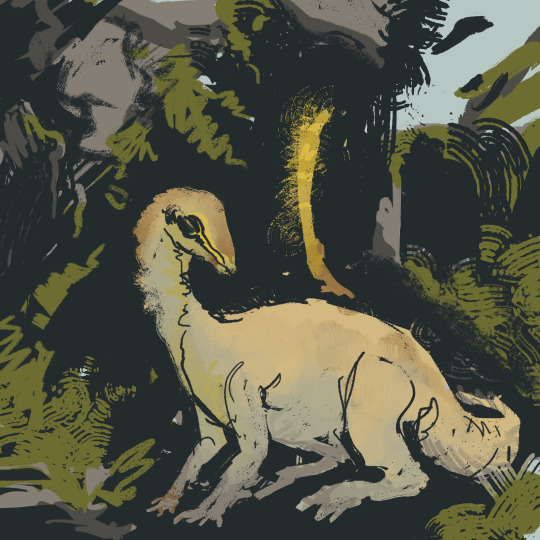
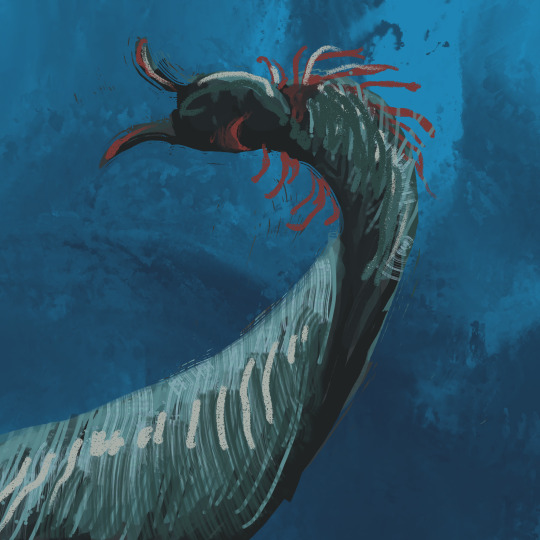

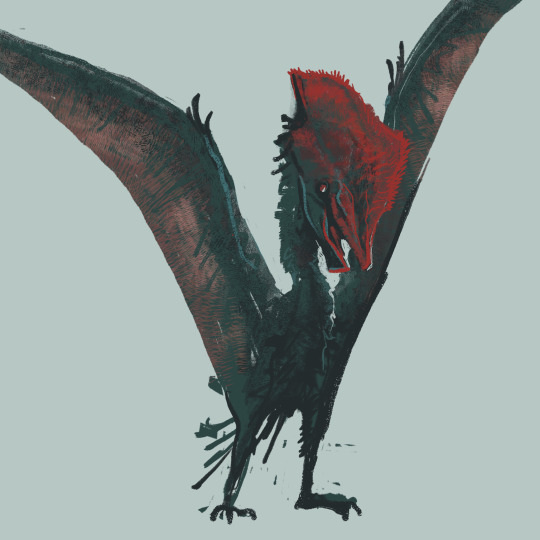
Flocking 6/14/24 -- Koreanosaurus + Pikaia + Istiodactylus + Turokjara
#paleoart#paleostream#turokjara#istiodactylus#pikaia#koreanosaurus#dinosaurs#pterosaurs#paleoblr#digital#procreate#this flocking was excellent. maybe ill post a video for this one too
391 notes
·
View notes